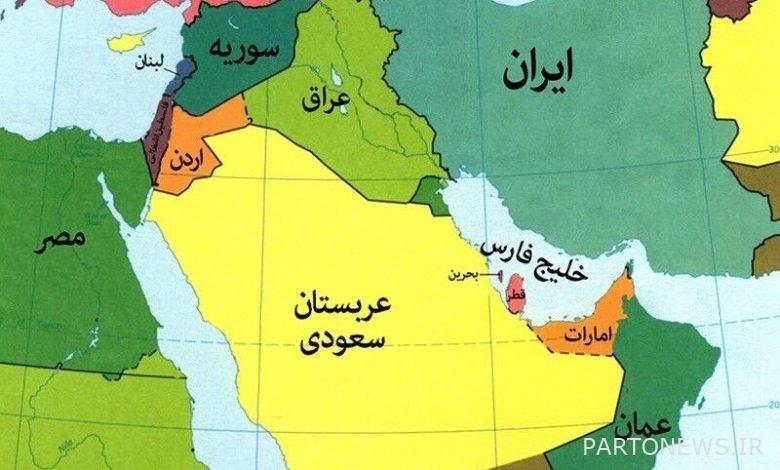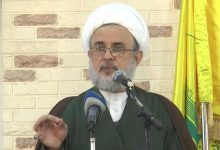Thirteenth government and neighbors’ priorities

In the following note of 30 September 1400 of Etemad newspaper, written by Kourosh Ahmadi: Although he has not yet commented further on this, given his simultaneous emphasis on an “economy-oriented approach”, it is likely that economic dimensions will also take precedence in working with neighbors. There is no doubt that the foreign policy of any country, especially small and medium-sized countries, should start from the neighbors. But there is much doubt that we can effectively help solve the country’s economic problems by working with our neighbors. The Middle East’s backwardness in economic integration and the limited share of the region in total economic cooperation, including joint ventures, are due to three important factors, including geopolitical conflicts, the dominance of divergent geoeconomic order, and incomplete economies.
At the geopolitical level, while in other parts of the world, even in Africa, we are witnessing increasing convergence and the decisive role of the economy in determining political priorities, in the Middle East geopolitics, ideology, and political, religious, and ethnic divisions continue to encourage divergence. Lack of coordination between the countries of the region in their relations with extra-regional powers and the dominance of the political-military and geopolitical nature of these relations are other important factors of political and economic divergence in the region. While convergence and economic cooperation prevail in other parts of the world, a security climate prevails in the Middle East.
While other parts of the world have largely defined national security in terms of economic interests, in the Middle East, politics and geostrategy continue to define national security, which is one of the reasons for the Middle East’s weak link with the international economic system and its greater vulnerability to outside powers. It is a region. The type and type of political systems in the Middle East are also very different from other parts of the world. One result of such a situation is high military spending in the region. According to the World Bank, in 2017, the percentage of military spending on gross domestic product in the Middle East and North Africa was 2.5, while for Europe it was only 5.1.
At the geoeconomic level, the economies of these countries do not have sufficient diversity and comparative advantages over each other and can hardly complement each other. Most Middle Eastern or rent-seeking economies are oil-dependent or predominantly state-owned and lack the private sector capacity to work directly with each other. Except in the GCC, which has a relatively homogeneous economy, we do not see socio-economic entanglement in other parts of the Middle East.
In the Middle East, unlike in other parts of the world, convergent infrastructure projects are rarely seen in areas such as transportation, energy transmission, tourism, elite exchanges, media, cultural and social communications, legal migration, and so on.
Of course, the size of the region and geographical dispersion are further causes. For these reasons, as well as for political reasons, there are not many intra-regional attractions for these countries to meet their needs from within the region, and the focus is mainly on the outside of the region. The decades-long delay in the construction of the peace pipeline and the TAPI pipeline to transport gas to India and Pakistan from Iran and Turkmenistan is one example. In the post-Cold War era, and as we have seen the paradigm shift from geopolitical to geoeconomic in the world, the Middle East is still caught up in the Cold War equations. Over the past 30 years, globalization has accelerated at an unprecedented rate in almost every region of the world except the Middle East and North Africa, increasing the free movement of people, goods, services and capital, allowing people from different countries to come into direct contact and exchange. have given.
Freedom of movement and legal migration allow xenophobia to gradually give way to empathy and empathy, thereby accelerating regional convergence. Some regional institutions in the Middle East, such as the Arab League and the Cooperation Council, which are based on ethnicity and defense, or others, such as ECO, do not have the necessary efficiency. Middle Eastern countries account for only 7 to 8 percent of their trade, compared to about 70 percent for Europe in 2017, according to UNCTAD.
Joint ventures within the Middle East are also very limited, and exchanges within countries in the region are largely limited to the exchange of consumer goods. It is estimated that about $ 2 trillion of the capital of the oil-rich Middle East countries is invested in the West or held in Western banks. Indices of good governance in countries, which are a very important factor for the development of free trade and movement, are not so prominent in most Middle Eastern countries.
Given that the Middle East has been embroiled in the most wars between countries, civil wars, terrorism, revolution and coups over the past few decades, and therefore the level of regional convergence is the lowest in the world, and given that the bulk of economic work capacity with neighbors It is realized that the thirteenth government can only turn working with its neighbors into an engine for the country’s economic development if it gives a reasonable priority to breaking this “geopolitical trap” and developing regional convergence. Only then will giving priority to the neighbors in the thirteenth government be understood and fruitful.
.

